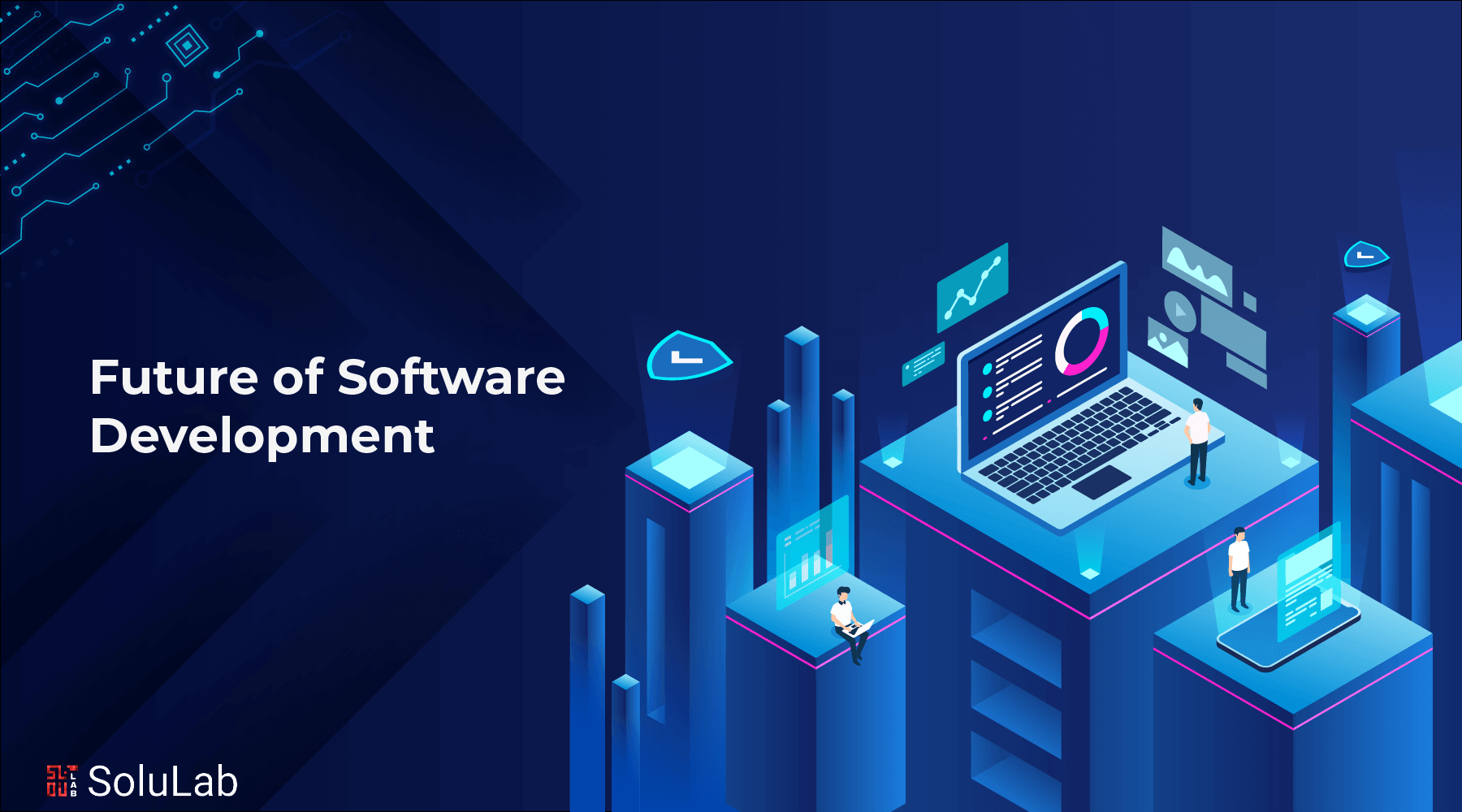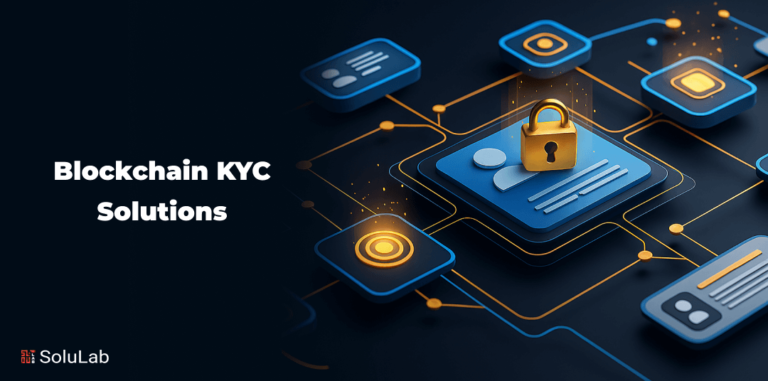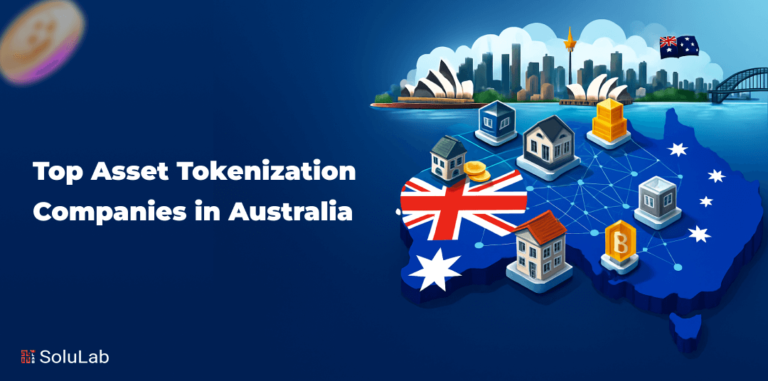
The rate of technological creation and utilization around the world is accelerating at a rapid pace with each passing year. Since 2008, the number of Internet of Things devices in the world has surpassed the entire population. Additionally, 67.5% of the world’s population is connected to the Internet.
Software development methodologies and frameworks are not the same. Technologies such as blockchain and artificial intelligence are transforming software development processes and making them as simple as possible. Certain software advancements are deciphering the complexity of software development methodologies, while others are helping to elevate concerns about program security.
This article will help you gain an understanding of the prospective trends and technologies that may have the ability to alter the software development process in the future.
What is Software Development?
Software development describes a group of computer science tasks, devoted to the production, design, implementation, and maintenance of software. The programs are instructions that teach a computer everything to do, and they are called software. It enables computers to be programmed and is not dependent on hardware.
Software development is to provide a solution that effectively, reliably, and securely satisfies the needs of users and businesses. The software development life-cycle is a set of procedures used by programmers, software, engineers, and software developers to create software. Software development teams are increasingly using generative AI and AI power technologies to help them write and test.
Software solutions are essential to so many aspects of modern life, whether in a company or not. From the computers and phones, we used to work in personal usage to the software programs used by utility companies that provide services to homes, businesses, and other locations. There is software everywhere, and the act of developing software is essential to the making of the systems and applications.
The Upcoming Trends and Future of Software Development
The software industry is expected to see major changes in the upcoming years due to the quick improvements and emerging new trends in software development which are as follows:
1. AI-Driven Technologies Delivering Codes
AI-driven tech technologies change the software development process from writing code to delivering it. AI transforming software development by making the entire process from coding to deployment more efficient. Software development is accelerated and repetitive activities are decreased with the help of tools like GitHub Copilot, which provide developers with actual time code, and suggestions. CI/CD pipelines can be easily integrated with automated testing platforms like Test.AI and Applitools, which forecast issues and produce error-free, seamless releases.
Platforms like little or no code can accelerate time to market, and platforms for development and low code are transforming software by enabling companies to easily construct apps for complex code, these tools enable non-technical users to create solutions and streamline processes. As a result, teams are better equipped to meet market demands more quickly and with less dependence on engineering resources. These platforms are meant to be used in conjunction with traditional software development, not instead of it. They are technologies that help software teams, particularly start-ups to create and prototype more quickly. Although this technology will open up new options and follow the most recent trends in software development, skilled developers will always be essential to producing high-caliber solutions.
2. Microservices Architecture and Cloud-Native Programming
Cloud-native apps are made to fully use cloud infrastructure, which provides increased capability, flexibility, and dependability. Microservices architecture enables teams to build launch and update components of systems without impacting the system as a whole by dividing them into lesser, independent, deployable services. This modulus strategy maximizes the advantages of cloud computing while minimizing downtime, and speeding up cycles of delivery, turning it into perfect for companies that must react safely to market needs.
Cloud-native environment management relies heavily on tech technologies like Docker and Kubernetes, which offer smooth service, deployment, and container orchestration. Microservices enable the use of different programming languages in a single project, giving developers the freedom to select the most appropriate tools for particular tasks. Microservices and cloud native programming will continue to be crucial for creating secure software, which can grow with businesses as they use distributed systems and real-time data processing, more and more. Securities integrated into the development pipeline by DevSecOps from concept deployment securities, integrated into every phase of the development cycle of software via DevSecOps.
3. Python and JavsScript’s Dominance
With their respective strengths, Python, and JavaScript continue to be the most popular programming languages of the software development sector. These languages remain essential for developers as the need for digital solutions AI tech technologies, NLP, and efficient web apps rises. JavaScript continues to be at the core of web development, powering both native apps and contemporary front and frameworks, on the other hand, Phyton fuels data-centric, and machine-learning applications.
- Python
Python’s status as the preferred programming language for machine learning, data analysis, artificial intelligence, and automation has been solidified by its ease of use, broad library, support, and adaptability. It is also essential to automation and IoT projects because it can easily integrate with cloud services for processing customer data in real-time. Its dominance with only grow as tech technologies proliferate, especially in domains that require data-intensive processes and quick prototyping in software development.
- JavaScript
Java script is still the most popular and widely used language for web development because of two frameworks Angular React and Node.js, it enables progressive web apps, which provide native-like online experiences, and facilitates the development of reactive, dynamic user interfaces. It is still necessary for creating scalable cloud-based apps. Since it can operate on both the client and service sides its adaptability makes it an essential tool for software developers.
4. Advancements in Modern Languages
Rust, Go, and Kotlin are examples of modern programming languages that are gaining popularity because this all particular industry demands and difficulties that old languages are fine and difficult to handle. These programming languages are perfect for developing mobile applications, cloud, native apps, and new technologies because they provide improved productivity and performance.
- Rust emphasizes concurrency, speed, and safety, and has gained popularity as a programming language. It is a good option for applications requiring high-performance and system programming, without the need for a garbage collector, its memory, and safety approach, and guards against common problems like buffer overflows and data races.
- Go, sometimes referred to as Golang, is renowned for being straightforward and effective, which makes it perfect for be and systems, Microservices, and cloud computing. Its built-in concurrency paradigm enables programmers to create extremely scalable applications and is a technology in cloud-native development.
- Kotlin has become the go-to language for Android apps, mostly due to its popularity in mobile app development. Developers find it appealing because of its clear syntax, smooth Java, interoperability, and rubber tools. It is moving into bank and development in addition to mobile, particularly with the use of frameworks like Ktor.
5. Blockchain Use in Healthcare and Supply Chains
Originally used to power cryptocurrencies, Blockchain technology is now inspiring creation in a wide range of sectors, such as healthcare and supply chain. It is a useful instrument for controlling complex systems because of its capacity to offer traceability, security, and transparency. Blockchain technology safely records, each stage of the supply chain, from manufacturing to distribution, avoiding fraud and providing real-time product tracking. Businesses are using Blockchain to boost accountability, streamline logistics, and cut down on delays, which will give them a competitive advantage in the international marketplace.
Blockchain technology is also becoming a part of the healthcare industry to enhance providers’ roper ability and secure patient data. Blocks in based medical records, preserved data privacy while providing quick access to authorise stakeholders. Additionally, Blockchain is essential for controlling medicine, and the supply chain, conferring the legitimacy of medication, and keeping patients away from fake goods. Blockchain technology will play a crucial role in creating safe, open systems in a variety of businesses as they undergo digital transformation.
6. 5G Offering Additional Features
5G offers additional features for connected and real-time applications to provide quicker and more dependable connectivity, and its networks are transforming. The way applications are developed and used globally. Real-time industry applications can now make use of 5G’s ultra, low latency, and fast data transfer, developers can design connected solutions that depend on real-time data processing, and more device, connectivity, like remote healthcare, systems, drivers, wireless cars, and smart city tech technologies.
Without sacrificing speed of performance, 5G improves user experience for mobile apps by offering richer, more dynamic content. By enabling real-time, machine, communication, predictive maintenance, and process automation 5 G-powered IoT devices, increase factor efficiency. Similar to this 5G help, us are AR acts by providing lack free, immersive experiences, which is essential for industries like retail, education, and entertainment.
7. Real-Time IoT Solutions Powered by Edge Computing
Edge computing lowers latency and facilitates quicker decision-making by analyzing information closer to its source, which is essential for applications like smart factories, driverless cars, and medical monitoring. Even in situations where internet connectivity is spotty or limited, systems can react instantly because of this localized data processing.
Edge computing is being used by industries more and more to improve remote monitoring capabilities, optimize manufacturing lines, and enable predictive maintenance. Transferring workloads enhances cloud infrastructure and allows for effective data management without taxing central servers. Edge computing will be essential to developing scalable, low-latency systems as technologies for smart cities and connected factory solutions grow. Businesses may manage real-time analytics using this architecture while preserving data security and cost-effectiveness.
Conclusion
The future will present new chances to reconsider how technology affects our world because there are so many fascinating developments in store. These changes in software development are only the start. Businesses that are embracing technology should change how they expand, interact with clients, and make a significant impact more than just implementing new tools. Companies that era technology with a purpose will not only achieve their objectives as digital acceleration takes up speed, but they will also find new ways to prosper by striking a balance between profitability, social responsibility, and customer service. Those who can use these creations to develop more intelligent, Stable structures that have a long-lasting impact will have the future.
FAQs
1. Which seven phases make up software development?
Planning, requirement, analysis, coding, design, deployment, testing, and maintenance, are other crucial stages of the software development life-cycle (SDLC), which guarantees successful software development from conception to ongoing enhancement.
2. What is the job of a software developer?
Software developers use a wide range of abilities and sources to design, program, create, implement, and manage software. Additionally, they support the development of software systems that run devices and networks and guarantee their continued functionality.
3. How can I acquire knowledge of software development?
Learning the fundamentals of programming is crucial for devices who want to get started before deciding on a language. Learn the fundamentals of algorithms, data structures, and best practices first. Next, decide on a beginner’s language to start with such as Python or JavaScript.
4. What does HLD and LLD mean in software development?
LLD is a short form of low-level design which is the component-level process of design, just like detailing and HLD stands for the high-level design that is connected overall design system.
5. What does DevOps mean?
DevOps is a collection of procedures, equipment, and a way of thinking that automates and unifies the work of IT and software development teams. It places a strong emphasis on technology automation and team empowerment.





